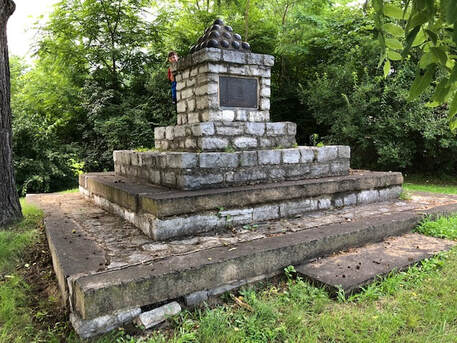 The tomb of Adam Stephen in Martinsburg, West Virginia. Tunnels beneath his nearby house have yet to reveal whatever secrets they may hold. (Gabe Neville) The tomb of Adam Stephen in Martinsburg, West Virginia. Tunnels beneath his nearby house have yet to reveal whatever secrets they may hold. (Gabe Neville) Maj. Gen. Adam Stephen was the 8th Virginia's division commander in 1777, leading them at the battles of Brandywine and Germantown. He worked closely with George Washington for more than two decades, sometimes challenging and undercutting him. He ran against Washington for the House of Burgesses and almost ruined the surprise Christmas, 1776 attack on Trenton by sending soldiers across the river to settle a personal vendetta against the Hessians. He was reportedly drank too much, and was finally court-martialed and cashiered from the Army after the disaster at Germantown. That did not end his life of civic engagement, though. He founded Martinsburg (now in West Virginia) and served in the Virginia convention that ratified the U.S. Constitution. Sometime during the war, he built a fine house for himself where Martinsburg grew up. Intriguingly, he built his house over the mouth of a cave. According to tradition, this was done to prove an escape in case of an attack by Indians or other enemies. Since that era, the cave has been filled in with dirt, leaving a persistent mystery: where does the natural underground tunnel lead? For nearly twenty years, TriState Grotto--a local caving club--has been working to excavate the passage, one five-gallon bucket at a time. Videos of their progress (and archeological finds) have been posted occasionally on YouTube. Here they are, in chronological order. Stephen died in 1791 and is buried under a rustic monument not far from his home. Despite the controversies associated with his life, he served his country at important moments and in important ways. He was with Washington at Jumonville Glen, Fort Necessity, and Braddock's Defeat years before his Revolutionary War service. His French and Indian War waistcoat and gorget are in the Smithsonian. Aside from his legacy of service and these artifacts, he left an enduring mystery beneath his house. One day soon, perhaps, we'll know where the tunnel leads. More from The 8th Virginia Regiment
3 Comments
The tone is desperate but also dignified. Though poor, he addresses Monroe and Calhoun as duty-bound public servants and concludes familiarly by writing “no more at present but your well wishing friend” above his signature. Though he was poor, they worked for him. It is worth navigating the misspellings and missing punctuation to read an enlisted-man’s perspective that is only scarcely available from the Revolutionary War. Annotations are given below as end-notes to preserve the flow of the text. The Letter from Bartholomew Cyrus to President James Monroe and Secretary of State John C. Calhoun Nov. 21st 1821 Buckingham Cty.[1] Honorable presedent[2]and secatary of war[3]belonging to the united states I wish to inform you of my sufferance in the revolutionary war I inlisted in the year 1776[4]I went from Chesterfield County under Capt. James Harris a three year Soldier then inlisted some time after that for during the war I belonged to the 15 Virginia Ridgment General Woodfords brigade near Philadelphia at valy forge next summer we fought at monmouth the year following our brigade was sent off to Charlestown[5]South Carrolina there almost all were taken prisoners by the British[6]then General Green took command of us[7]and the first battle was at Gilford Courthouse[8]the next at eutawsprings[9]and a number of lives were lost on both sides we lay at ninety six siege[10]near 1 month scarcely 1 hour in the night but firing like claps of thunder many days we could not get any thing to eat 40$[11]was cried through the camp for 1 hoecake of bread and it could not be got we were like hogs that had been wallowing when we came out of the intrenchment the next siege was at camblain[12]near 1 month and we suffered very much there and a great many dserted and would not stand the sufferance[13]I was never absent one day without liberty. I was discharged in the year 1783 July the 6 day at winchester barracks[14]under the command of General neulinburg[15]Capt. kirk partrick was my Capt.[16]I served during this time without ever being confined or one lick[17]which few can say in truth sir look at your records and you’ll find this to be truth Sir I have received three draws from the pension you bestowed us then I sent my Schedule and have got no return from it proved before judge Daniel I am upon sufferance I have had the misfortune a few years since to loose one of my hands by a gun bursting and am troubled at times with reumatic pains and my wife worse off than myself I am going on 64 years of age and my wife is near 70 years of age I was a poor boy had nothing but my shirt and pantaloons when I went in to the army. I think it hard for me to suffer now after doing as much for my country as I have and without your assistance am oblige to go to the poor house and I had almost rather died[18]I thank you for what you have done with more thanks than my lips can express and would freely down with my nees for assistance[19]no more at present but your well wishing friend Bartholomew Cyrus I would be thankful to you to let me know at Oakville post office Buckingham County what I am to depend on Bartholomew Cyrus.[20] Cyrus got his pension. After his wife died, he got married again in 1833 to a younger woman named Phebe. He died in 1855 at the age of 97, and Phebe inherited his pension. A decade later, after the end of the Civil War, sheapplied for the restoration of the benefit, which had been suspended during the war. She was unable to return the old pension certificate, because it hd been “destroyed by being in a house between the lines of the two armies while engaged.” She had given the certificate to a neighbor named William Durrum to keep in his house, but during the Battle of Appomattox Courthouse “it was destroyed or taken off by the soldiery.” She stated that she had resided in the town of Appomattox Courthouse during the Civil War, when her means of subsistence had been “a small remnant of her pension fund and then she was supported by her relations and friends, except a small allowance from the pauper fund from the Overseers of the Poor of Appomattox County.” The Bartholomew Cyrus pension file contains an Amnesty Oath signed with her mark. The oath, as prescribed by President Johnson, was as follows: I, _____, do solemnly swear or affirm, in presence of Almighty God, that I will henceforth faithfully support and defend the Constitution of the United States and the Union of the States thereunder. And that I will, in like manner, abide by and faithfully support all laws and proclamations which have been made during the existing rebellion with reference to the emancipation of slaves, so help me God. [Source:Pension Application of Bartholomew Cyrus W25467, transcribed and annotated by C. Leon Harris. Summary of Phebe Cyrus application adapted from C. Leon Harris.] [1]Rural Buckingham County lies between the Appomattox Court House, where the Civil War ended, and Thomas Jefferson’s home at Monticello. [2]James Monroe, now in his second term. [3]John C. Calhoun of South Carolina. [4]An error. He enlisted in 1777. [5]Charles Town was renamed Charleston at the end of the war. [6]Maj. Gen. Benjamin Lincoln surrendered May 12, 1780. Cyrus evidently escaped or avoided capture. [7]Maj. Gen. Nathanael Greene, 3 Dec 1780. [8]The Battle of Guilford Courthouse, North Carolina, March 15, 1781. [9]The Battle of Eutaw Springs, September 8, 1781. [10]The Siege of Ninety-Six, South Carolina, May 22 to June 18, 1781. [11]Forty dollars. [12]Probably a mis-transcription of “Cambdain,” or the Second Battle of Camden, better known as the Battle of Hobkirk’s Hill, April 25, 1781. Though it was an American loss, Greene returned to the area after the battle so it is not unreasonable for Cyrus to recall it as a “siege.” [13]The actual sequence of events was: Guilford Courthouse, Camden, Ninety-Six, Eutaw Springs. [14]Winchester, Virginia. [15]Brig. Gen. Peter Muhlenberg. [16]Captain Abraham Kirkpatrick. [17]Jailed or whipped. [18]He would almost rather die than go to the poor house. [19]He would go down on his knees to beg for help. [20]A post script. More from The 8th Virginia Regiment |
Gabriel Nevilleis researching the history of the Revolutionary War's 8th Virginia Regiment. Its ten companies formed near the frontier, from the Cumberland Gap to Pittsburgh. Categories
All
Archives
June 2024
© 2015-2022 Gabriel Neville
|
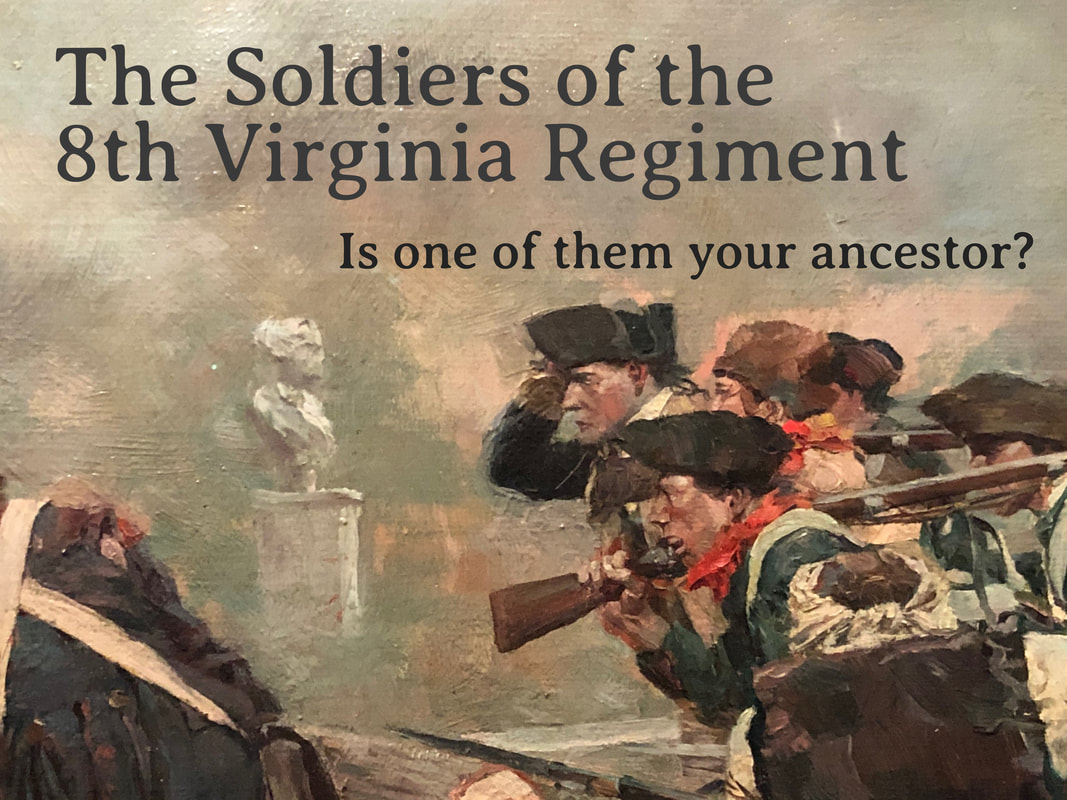


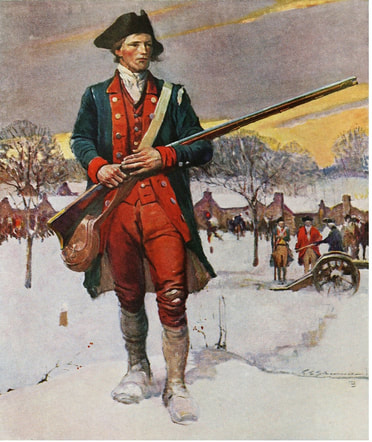


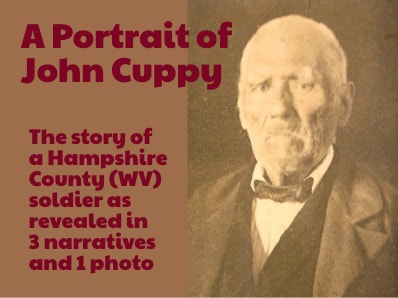
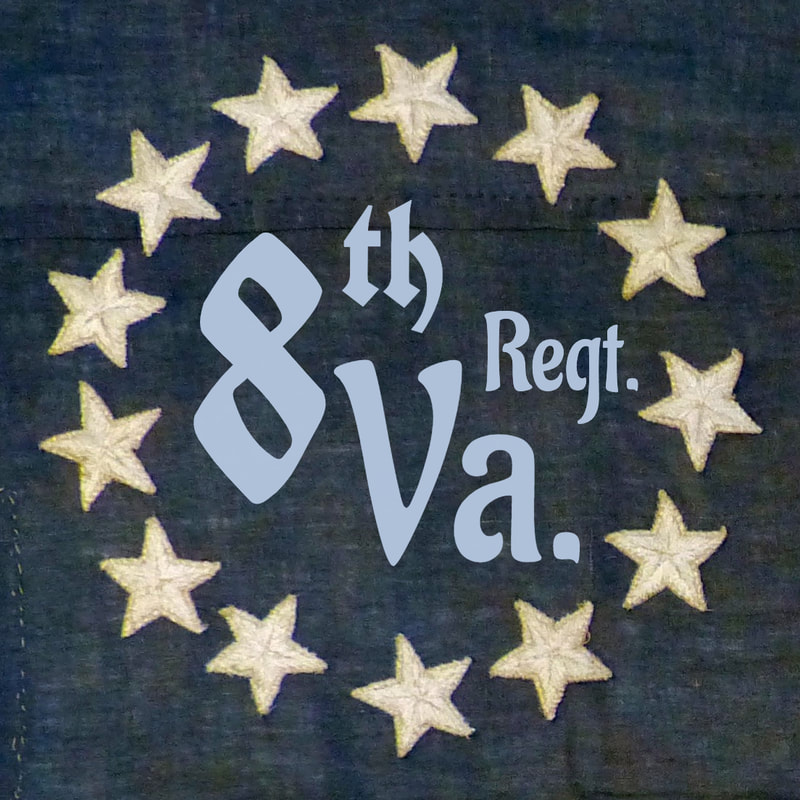
 RSS Feed
RSS Feed